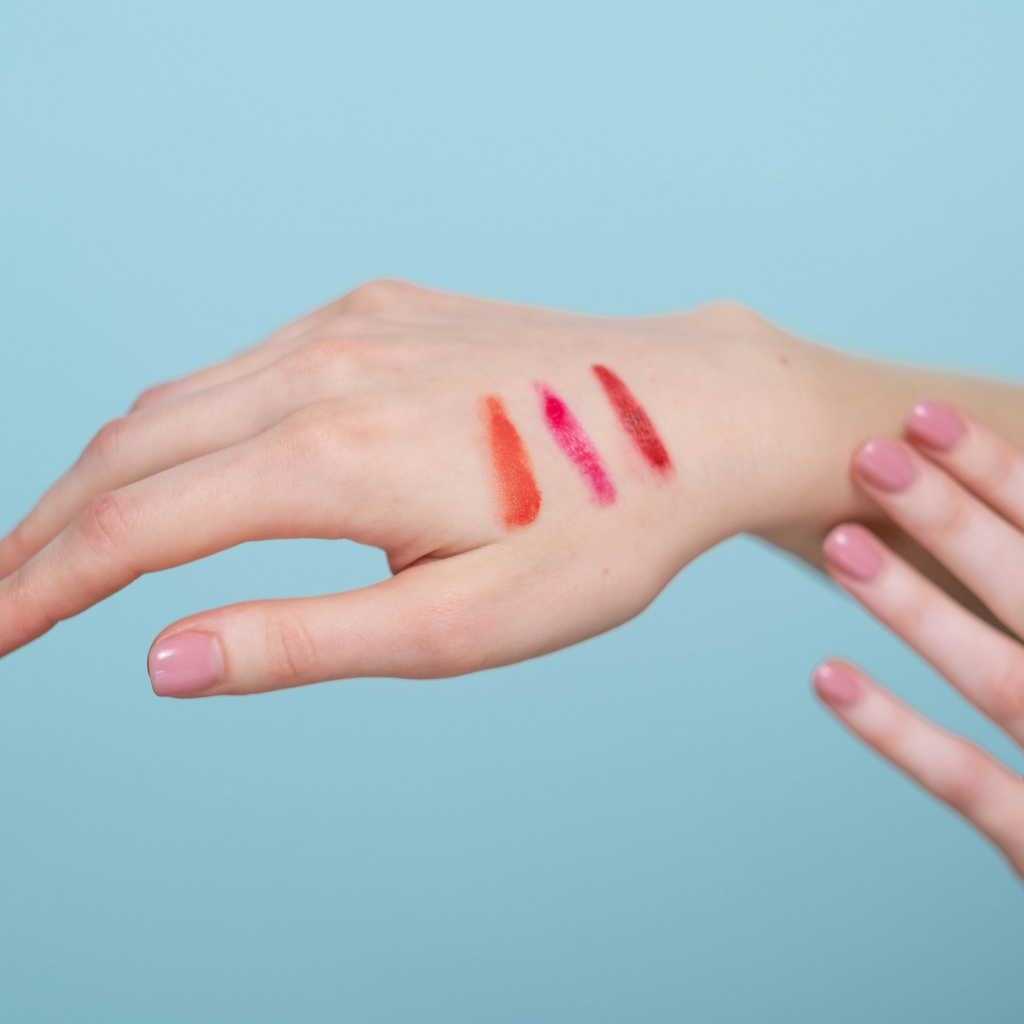
Understanding the Different Shades of Tanned Skin
Share
The allure of a golden tan has been a coveted beauty trend for decades. With the term "bronzed beauty" often symbolizing health and vitality, it's no surprise that many strive for that perfect sun-kissed glow. However, tanning isn't one-size-fits-all; there's an array of shades of tanned skin, each with its unique charm. Let's dive into the spectrum of tanning to help you appreciate and achieve your desired shade responsibly.
The Tanning Spectrum
When we talk about tanned skin, we're referring to the skin's response to ultraviolet (UV) radiation, resulting in a darker skin tone. The spectrum ranges from a light, subtle glow to a deep, rich bronze. Understanding your skin's natural tone and how it reacts to the sun is critical for achieving your ideal shade of tan.
Light Tan
A light tan is often the first stage of tanning for many people, especially those with fair skin. This shade is characterized by a gentle golden hue that adds a touch of warmth to the skin. It's the hallmark of a sun-kissed look and is usually achieved with short, controlled exposure to the sun or a low-intensity self-tanning product.
by Gennady Zakharin (https://unsplash.com/@gennady107)
Medium Tan
Moving a step further, a medium tan gives the skin a more pronounced sun-kissed appearance. This shade is perfect for those aiming for a noticeable, yet still natural, summer glow. It often requires a bit more sun exposure or a higher concentration of tanning lotion for those using self-tanners.
Deep Tan
For those who desire a bold and bronzed look, a deep tan is the goal. This rich, dark shade exudes the essence of bronzed beauty, often associated with long days spent on tropical beaches. Achieving a deep tan requires gradual exposure to the sun to build the color over time, or the use of higher-strength tanning products.
Safe Tanning Practices
While tanned skin is aesthetically pleasing for many, it's crucial to prioritize skin health above all. Tanning, whether naturally or artificially, can pose risks if not done safely.
Sun Protection
Always use a broad-spectrum sunscreen with an adequate SPF to protect your skin from harmful UV rays. Even when seeking a tan, sunscreen can prevent burns and damage, allowing you to tan more gradually and safely.
Self-Tanning Alternatives
For those who wish to avoid sun exposure, self-tanning products are a safe alternative. Available in lotions, sprays, and mousses, they offer a range of shades to match your desired level of tanning without the risks associated with UV radiation.
by Omar Prestwich (https://unsplash.com/@omarprestwich)
Embracing Your Shade
Ultimately, the best shade of tanned skin is the one that makes you feel confident and beautiful while respecting your skin's health. Whether you prefer a light glow or a deep bronze, it's important to understand your skin's needs and how to care for it throughout the tanning process.
By recognizing the different shades of tanned skin and adopting safe tanning practices, you can enjoy bronzed beauty responsibly. Remember, the ultimate goal is to celebrate your skin's natural beauty, enhanced with a healthy, radiant tan.


